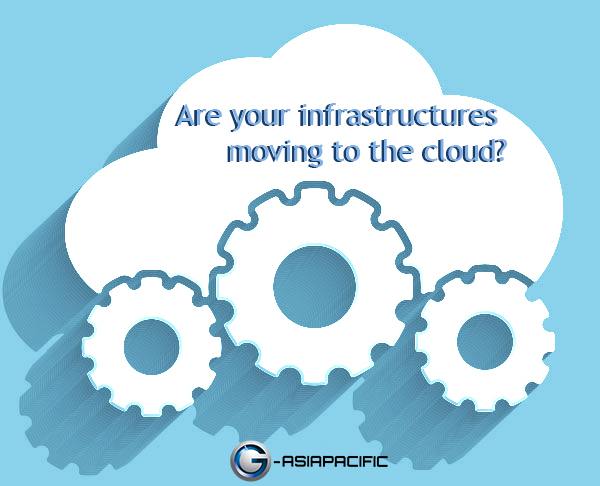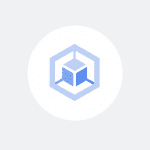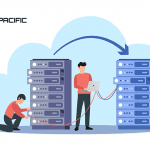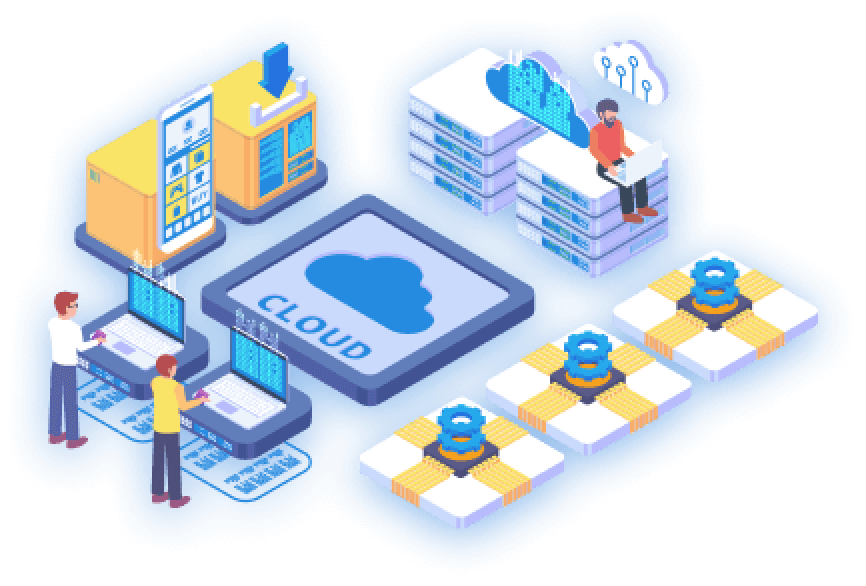There is a shift towards cloud computing. Businesses are migrating towards cloud computing to save cost whilst improving efficiency and flexibility. In the world cloud computing, IAAS stands for Infrastructure as a service. Yes, even infrastructures are moving to the clouds. Most would think that cloud computing is all about data and software. While that is still true, the introduction of IAAS into the mix means even infrastructures are migrating along.
Let’s take a phone system for example. If your company needed a phone system, you would go out and spend thousands on equipments and servers to build this system. You hire a team to install and connect the phones together. You also hire that same team might for maintenance or repairs. Just like any service, they would over technicians when things go wrong. Sounds familiar? What happens when your business grows with time and success? Will you continue to buy phone servers? Will you buy another office to put your increasing number of phone servers? What if there was a better way?
A telephone system is a good example of an infrastructure that has migrated towards the cloud. Instead of owning a telephone server which requires space, overhead costs and a risk that things could go wrong; quick thinking, agile, and successful companies have moved this infrastructure to the cloud. First, it costs a lot less to start since there is no purchase of actual hardware. The cost model follows a PAY AS YOU USE pattern, so if your company requires 50 phones, you really only pay for that 50 phones. Purchasing a phone server that could service 100 phones would not be cost effective as you only need 50. With the infrastructure not located on your premise, when things awry, you won’t have to wait for a technician to show up. In the cloud computing world, your infrastructures are already in safe hands. Picture this, when you are sick, you seek medical attention from doctor in a hospital. Now, imagine if you lived in a hospital already. Okay, not the most uplifting example, but you get the picture 🙂
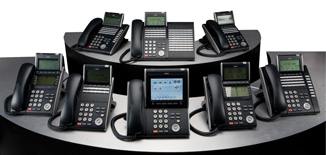
Another popular IAAS subscribed are dedicated servers. Long gone were the days where your company would need to purchase racks and racks on server computers that requires a dedicated server room and security for it of course. Don’t forget a team of cool nerds to keep it running. If a hard drive gives way, motherboard fails or there is a power supply shortage, it is on the business’ expense to have that all remedied. Now, businesses are realizing that they do not have to endure all the drawbacks of having a roomful of servers. They subscribe to IAAS and leverage on the server’s capability without dealing with maintenance challenges that comes with it.

On another note, flexibility is one of the best features going this route. Let’s use E-Commerce for example and you are selling cupcakes. During peak season, your company receives 10,000 orders per day to be processed and shipped out. During off peak, the orders may come down to 500 per day.
Which physical server would you procured for your business?
Option A: One that could handle 10,000 orders per day?
Option B: One that could handle 500 orders per day?
If your answer is option A, then you are not being cost efficient during off peak seasons, wasting thousands of Ringgit Malaysia on manpower, maintenance, rental costs etc., not to mention all that redundant computing power that demands continuous maintenance. If your answer is option B, a server that could handle 500 orders per day, then you are missing out on the 9,500 orders on peak season because your server crashed.
There is a solution: IAAS. It is flexible – switching computing power is just a matter of which radio box you click on. Instead of buying an overqualified server or an underdog, you tailor your server in the cloud according to your needs. Some months you may need it to be very powerful and on some you just require a single server to handle customer enquiries. The massive saving is not just monetary, it is manpower, time, effort, not to mention doing the environment a favor too by just using what you what need.
You may have a firewall infrastructure for your business. You could never be too careful, they say, right? Even firewalls are part of IAAS. Instead of having a physical one on your premises, companies are now using firewalls from the cloud. These are obviously superior to the ones you could buy and install yourself. How could someone tamper with your security equipment if they aren’t even there? Same goes to the servers we talked about earlier. Nobody could sneak into your server room and gain access to sensitive data or documents IF you don’t have a server room to begin with.


You might be familiar with Waze, the navigation app we all have on our phones. Perfect for when we are invited to weddings or events in places we are not familiar with. Imagine the millions of users the app has to service. Each trip requires best route calculation. I’m sure you’ve noticed that Waze would take you through some back streets once in a while, avoiding the main road. The app makes decisions on the best route for its user depending on other user’s input and current situations, all in real-time. That’s a lot of computing power. Waze in particular uses Amazon’s and Google’s cloud services simultaneously. They use both of the cloud giant’s services for resiliency. Waze would survive regional blackouts, DDOS attacks and even if an entire cloud service were to just drop off the planet they would be prepared for it.
Cloud computing is not a phase or a new toy businesses are flirting with. To a lot of businesses, it is essential for their survival and cost savings. It’s essentially having all the benefits of IT infrastructure and leaving the drawbacks in the last decade. For more information on how cloud computing could be beneficial to your business, feel free to check out the rest of our website and drop us an email at marketing@g-asiapac.com.

